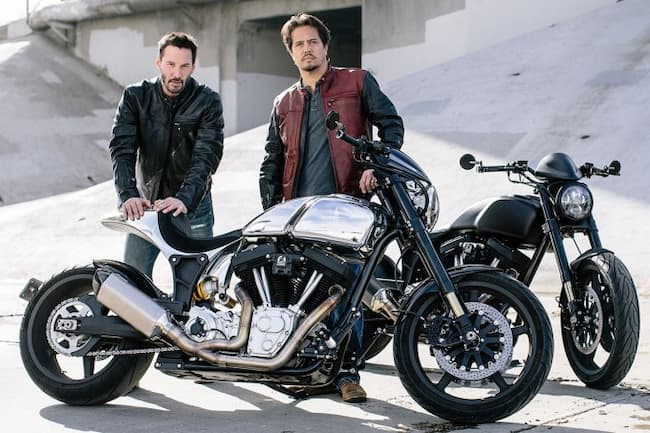The Camaro’s second generation brought about a radical change in image, although it still shared the same GM F-Body platform with its sibling, the Pontiac Firebird, which became even more similar during this period. The new generation of both cars aimed for sportier lines and dimensions.
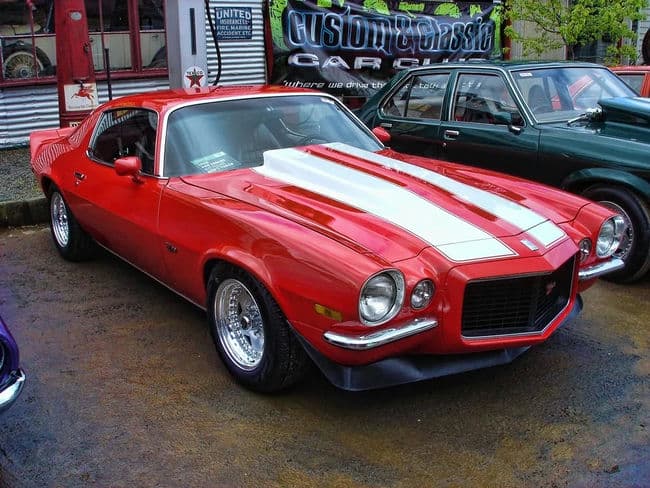
Compared to the previous generation, the Chevrolet Camaro was wider, lower, and 5 cm longer, with a rear end that sloped more progressively and eliminated the rear quarter windows. In its 1970 launch, it offered the Coupe version, and the range of available engines remained mostly unchanged from 1969, albeit with a reduced number of options due to the disappearance of COPO choices. The Z/28 was an exception, as it replaced the 302 cubic inch (cu) small-block with a new 350 cu (5.7 liters) LT-1 V8 producing 360 official horsepower, which could be coupled with a three-speed Hydramatic 400 automatic transmission. The big-block 396 (L78) was increased to 402 cu, although this modification removed the 396 emblem from this model due to the reputation the engine had gained. They also maintained three special packages: Z/28, Super Sport (SS), and Rally Sport (RS), the latter featuring a distinctive grille.
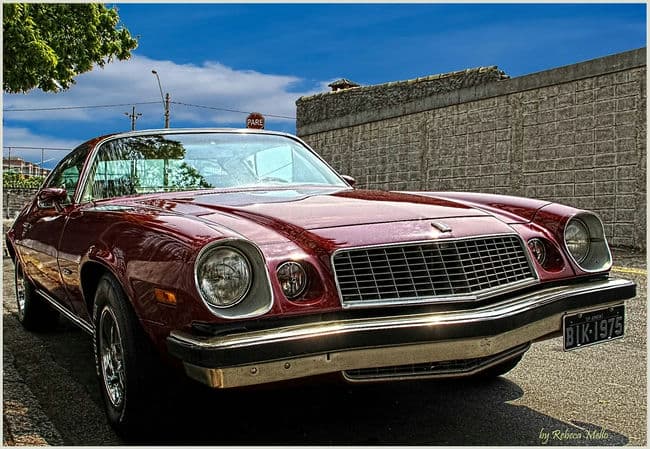
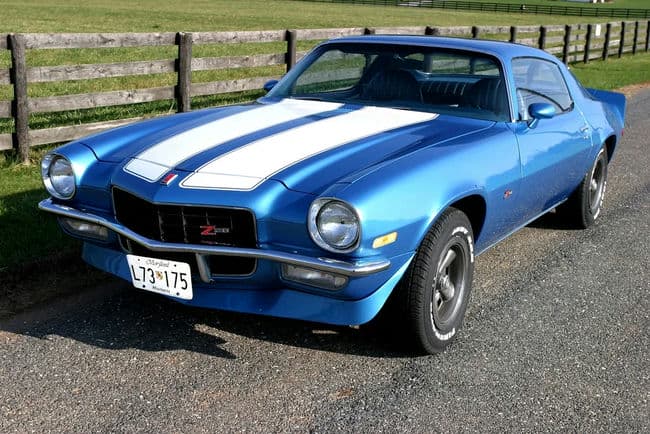
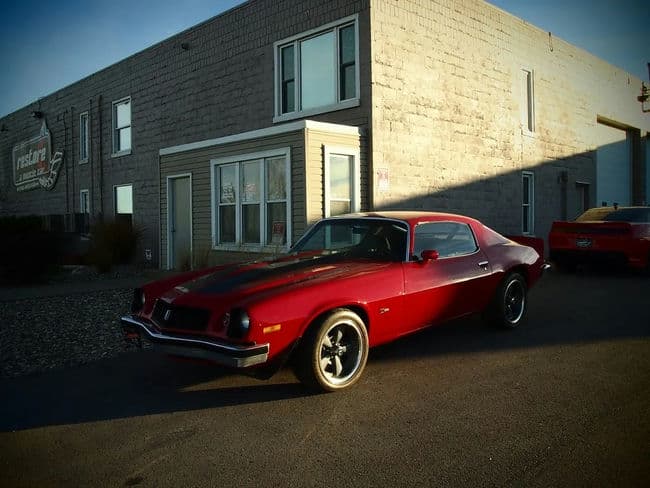
Chevrolet produced 124,900 units, a significant guarantee considering it entered dealerships halfway through the year. However, this second generation divided opinions, disappointing some fans of the original design while also attracting others with its youthful and fresh appearance.
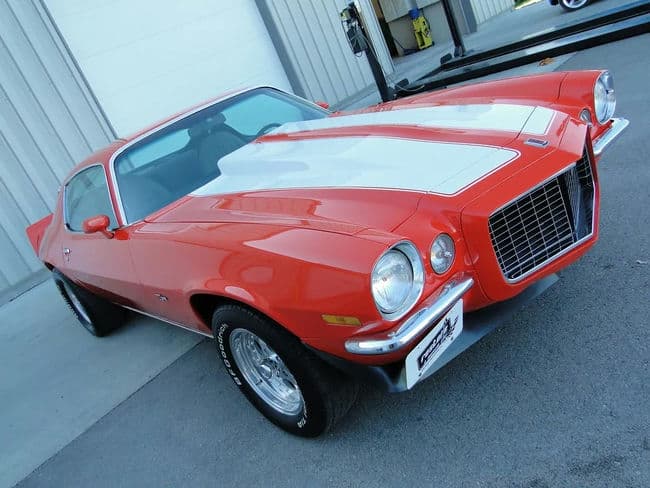
The biggest engine available in a production Camaro in 1970 was the punched-out 396 cu, now increased to 402 cu. Chevrolet did attempt to use the LS engine series that had debuted with the Chevelle and Corvette. The 454 cu (7.4 liters) V8 with 430 horsepower was advertised at the model’s launch but never had a COPO order option like those that allowed buyers in 1969 to get a Camaro with a larger 427 cu engine. In the factory, they took a 6-cylinder Camaro from the assembly line and installed a 454 cu LS6 as an experiment. However, it lacked corresponding production numbers, so it cannot be considered a true Camaro. Subsequent modifications by Smokey Yunick and others turned it into something resembling a limited edition, although it never gained official recognition.
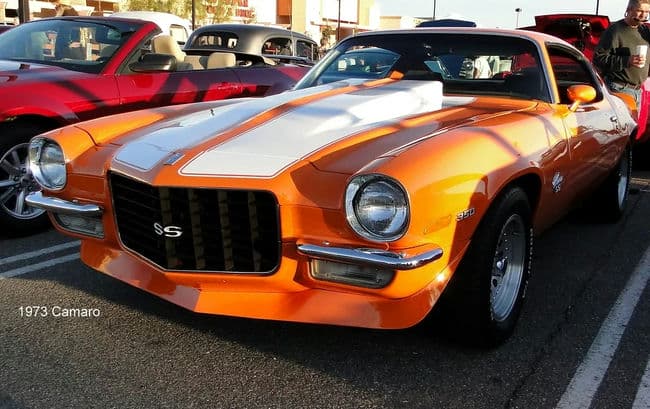
Yenko, another distributor with ties to drag racing, had reportedly received 45 COPO 9561 Camaros in 1969. His experiment with the 1970 Camaro started with the SS 396, unlike Smokey Yunick’s approach.
Additionally, there was another 454 cu LS7 engine, featuring an aluminum block, which produced 405 horsepower. It never made it into a publicly sold vehicle and was exclusively for racing.
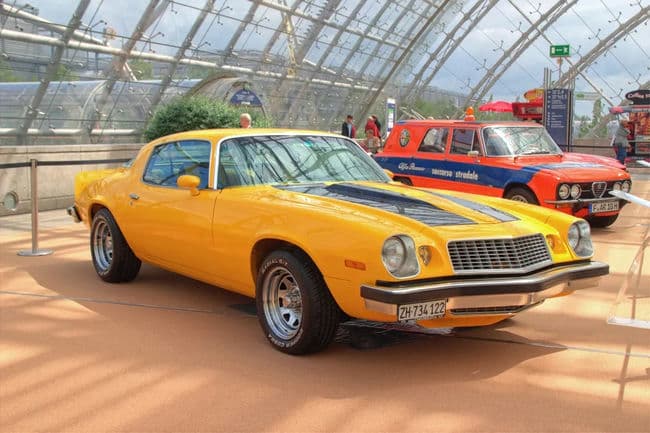
The popularity of muscle cars was due to their powerful versions at a reasonable price, equipped with 5, 6, or even 7-liter engines, without much concern for fuel consumption. Their success was also attributed to the socio-economic conditions of the time, with fuel prices hovering around 2 cents per liter. However, the decline of muscle cars was imminent, first due to anti-emission regulations and then the first oil crisis, which drastically changed these circumstances.
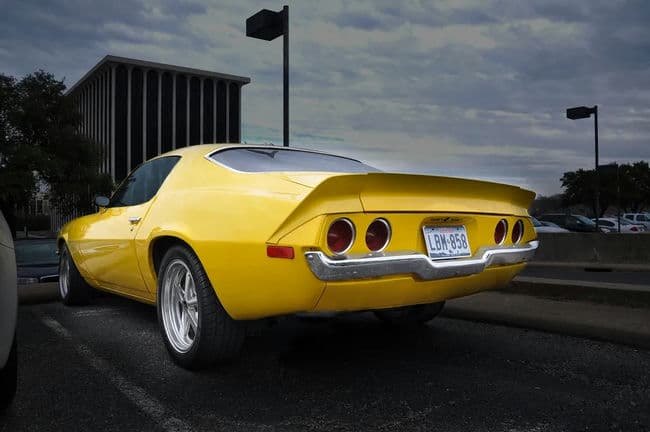
In 1971, General Motors, responsible for manufacturing a significant portion of these muscle cars, forced its divisions to reduce engine compression to make them run on unleaded gasoline. This immediately resulted in reduced power for engines. For instance, the Z/28 dropped from 360 to 330 horsepower, and the SS 350 went from 350 to 300 horsepower.
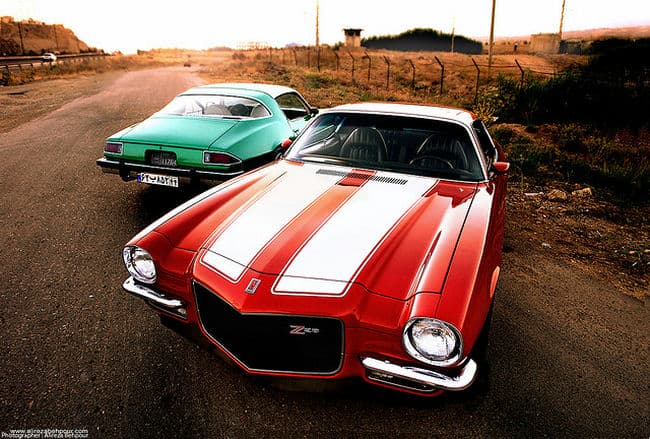
The Camaro was gradually losing its performance, and with it, its main selling point. Production fell to 68,651 vehicles, half of the previous year’s output. The strike by the UAW union, which halted production for 174 days in 1972, further compounded the problem, requiring the dismantling of 1,100 Camaros that no longer met the new state safety regulations once the strike ended. These events almost spelled the end for the Camaro, as Chevrolet contemplated ending its production altogether. While it didn’t happen, the Camaro had to adapt to new times, focusing on comfort through equipment.
Emissions regulations required an immediate reduction in engine size and power, which was vital for a unique type of vehicle that thrived on large V8 engines. New regulations dictated that power had to be measured in net terms, after assembly, rather than using the previously used gross horsepower rating. As a result, the Z/28’s output dropped to 245 horsepower, and the 396 cu engine (now 402 cu) in the Super Sport model was discontinued. This also marked the end of the SS package itself.
On August 23, 1973, the Organization of Arab Petroleum Exporting Countries decided to stop crude oil exports to countries that had supported Israel in the Yom Kippur War, including the USA. The immediate consequence was a sharp and repeated increase in fuel prices. Despite this, Camaro production reached 96,751 units, perhaps due to the emphasis placed on equipment for that year, including special upholstery, moldings, air conditioning, and other accessories to compensate for the loss of performance.
However, the Z/28 lost the LT-1 engine, replaced by the L-82 with 245 net horsepower.
The year 1974 was also marked by numerous changes in regulations, such as the requirement of 5 mph bumpers. This was the first time a manufacturer produced these without exceeding the federal limit. A federal guideline allowed this bumpers to be mounted using only two brackets. Not one, but two, GM divisions decided to modify the shape of the Camaro’s bumper so that a third mounting point was created without having to change the design. This decision led to the controversial change to the “second generation bumpers” that would last until 1977. It created a huge visual alteration to the Camaro, dividing the public between those who liked it and those who hated it.
The same year, the Z/28 was replaced by the Type LT, a performance package that combined the 350 cu L-82 engine with luxury features that were previously optional, including the Rally Sport design.
The Z/28 reappeared the following year with only 13,802 units produced. Due to power cuts and the new bumpers, it was now heavier and slower, completing a quarter-mile in 17 seconds. A larger version of the previous Type LT V8 was now available, named LT4. Both engines were accompanied by a four-speed manual transmission.
In 1976, it was rebranded as the “Camaro LT,” completely omitting the Z/28 nomenclature. Even more radical changes included a new 305 cu (5 liters) V8 base engine and an optional LG3 350 cu (5.7 liters) V8, but only with automatic transmission. One year later, it could also be combined with a four-speed manual transmission.
From 1976, the design of the second generation Camaro began to undergo modifications that took it away from its original aggressive lines. In 1977, Camaro’s front bumper was now part of the front grille. It also saw the arrival of a 170 cu (2.8 liters) V6 engine.

